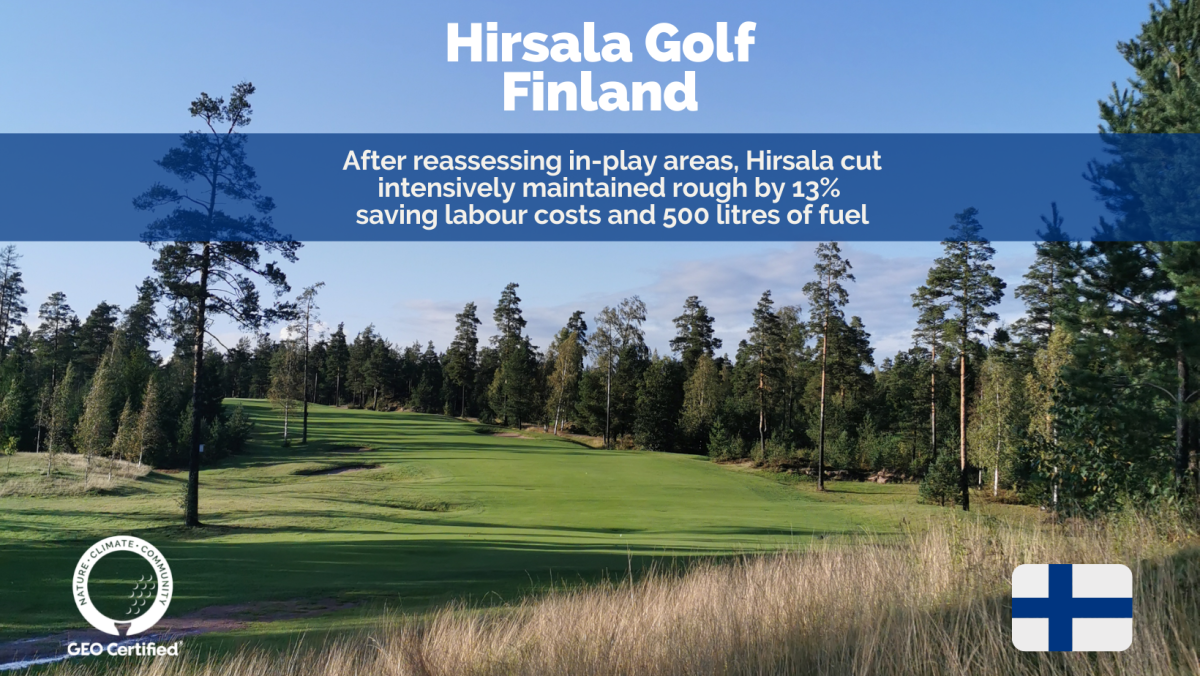30 Apr 2021
Blog - Jamie Graham
5 simple ideas for successful naturalizaton
One prominent aspect of course maintenance emerging from the lockdowns has been a wider-scale adoption of something many have been benefitting from for some time now - naturalization.
The practice of carefully selecting areas around the course to allow to grow up more naturally, avoiding the time and cost to maintain them while also adding more interest to the course, was already beginning to catch on. Now, there’s an opportunity for greenkeepers to transfer their ‘essential maintenance’ to ongoing ‘sustainable maintenance’ through naturalization.
The benefits can include meaningful immediate (becoming significant long-term) cost and time savings, an increase in golfer enjoyment and a boost to environmental value - a win-win-win situation!

1. Behind tees and greens
These areas are often maintained as semi-rough but what would it look like if they were to be allowed to develop naturally? This could help boost biodiversity, save money, create more colour and texture without impacting playability.
2. Front left of tees, in carry areas
How many balls actually go into these areas? Perhaps they can be shaped to pose more of a challenge from the back tees, reducing in influence as the golfer moves forward? In wetter climates these areas are often soft and wet, so perhaps it is a chance for the natural regeneration of marshy grasslands or wetland scrapes that also help with drainage?
3. In and under plantations
These can be sensitive as often the trees are planted as a way of defining holes. They are frequently time-consuming and costly areas to maintain. Even narrow, sinuous strips of rougher grass can help avoid the most difficult mowing, improve tree development, and add shape to holes. Maybe just avoid rough in the most sensitive landing areas for the majority of us that slice!
4. Ditches and streams
Do you need to mow all the way to the water, all the way along the channel? Even a strip of rough grass and patches of reduced mowing between holes can save time and money, enhance the look and sense of presence of the hazard, increase biodiversity and often avoid some health and safety risks for greenkeepers.
5. Pond and wetland margins
These can be fantastic ‘natural assets’ on your golf course. The parts of the course that golfers most look forward to playing and experiencing. How can you get the most out of them, respecting play but also allowing them to become stunning, vibrant ecosystems? Creating points of real stimulation and interest will make golfers feel even more rewarded for successfully negotiating them.
Takeaway action: Try one of the naturalisation tips above to see how you could
save money by doing less